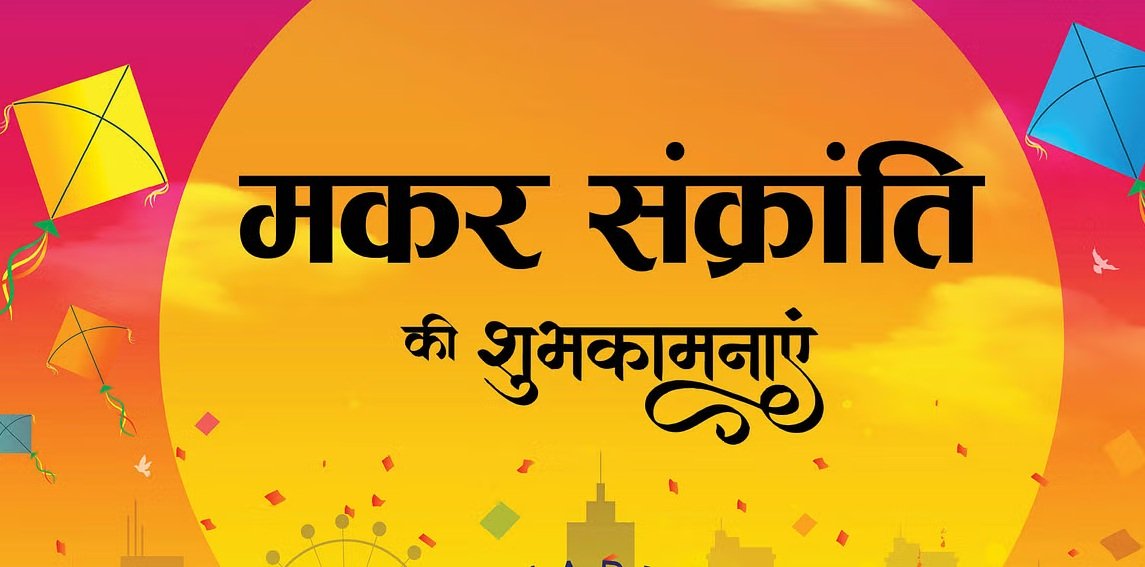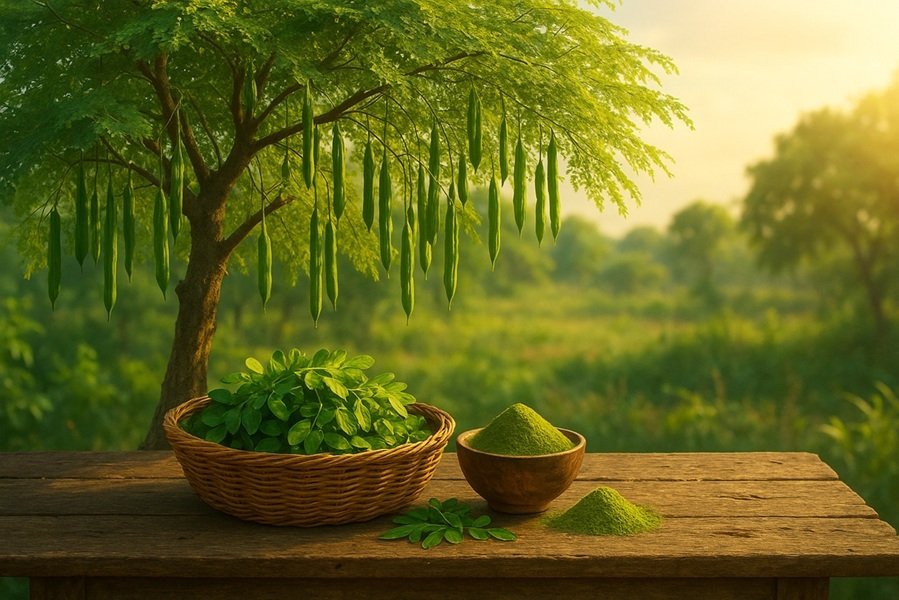
Makar Sankranti, one of the most celebrated festivals in India, marks the transition of the Sun into the zodiac sign Capricorn (Makara Rashi). Observed annually on January 14 or 15 (depending on the solar cycle), it signifies the end of winter and the beginning of longer days as the Sun moves northward. This celestial event, known as Uttarayan, is considered highly auspicious and holds deep cultural, agricultural, and spiritual significance across India.
This article explores the historical, cultural, and regional aspects of Makar Sankranti, highlighting its importance and the vibrant traditions associated with it.
Historical and Astronomical Significance
- Astronomical Perspective:
- Makar Sankranti is based on the solar calendar and marks the Sun’s movement into Capricorn.
- The festival coincides with the Winter Solstice and signifies the Sun’s northward journey, leading to longer and warmer days.
- Mythological Importance:
- Surya and Shani: In Hindu mythology, the day is considered the time when the Sun God (Surya) visits his son Shani, symbolizing unity and familial bonds.
- Bhishma Pitamaha’s Sacrifice: The Mahabharata mentions that Bhishma Pitamaha chose to leave his mortal body during Uttarayan, as it is believed to be an auspicious period for liberation (moksha).
- Agricultural Importance:
- It marks the end of the Rabi crop harvest and the beginning of the new agricultural cycle.
Cultural Traditions of Makar Sankranti
The festival is celebrated with different names, customs, and rituals across India. Here are the most notable traditions:
1. Kite Flying
- One of the most vibrant traditions of Makar Sankranti is kite flying, especially in states like Gujarat, Rajasthan, and Maharashtra.
- People gather on rooftops and open spaces to participate in friendly kite battles.
- The activity symbolizes freedom and the upward movement of aspirations.
2. Bonfires and Feasts
- In states like Punjab and Haryana, the night before Makar Sankranti is celebrated as Lohri, with bonfires, singing, and dancing around the flames.
- Families prepare traditional dishes like sarson da saag, makki di roti, and til laddoos (sesame sweets).
3. Charity and Ritual Bathing
- Taking a dip in holy rivers like the Ganges, Yamuna, or Godavari is a significant ritual believed to cleanse sins and bring spiritual merit.
- People also engage in daan (charity) by donating food, clothes, and money to the needy.
4. Special Foods
- Sesame and Jaggery Delights: Foods made from sesame (til) and jaggery (gur) are central to Makar Sankranti, symbolizing togetherness and sweetness in relationships.
- Khichdi: In Uttar Pradesh and Bihar, eating and offering khichdi (a dish made of rice and lentils) is an integral part of the celebration.
5. Rangoli and Decorations
- Homes are decorated with colorful rangolis, flowers, and traditional motifs to welcome positivity and prosperity.
Regional Variations of Makar Sankranti
1. Uttar Pradesh and Bihar: Khichdi Sankranti
- The festival is known as Khichdi Sankranti, emphasizing the preparation and consumption of khichdi.
- Pilgrims visit Prayagraj to take a holy dip at the confluence of the Ganga, Yamuna, and Saraswati rivers.
2. Gujarat: Uttarayan
- Celebrated as Uttarayan, kite flying takes center stage.
- The International Kite Festival in Ahmedabad attracts participants from across the globe.
3. Maharashtra: Tilgul Celebration
- People exchange tilgul (sesame and jaggery sweets) with the phrase “Tilgul ghya ani goad bola” (Take tilgul and speak sweetly).
- Married women are invited to haldi-kumkum gatherings to strengthen social ties.
4. Punjab and Haryana: Lohri
- Celebrated a day before Makar Sankranti, Lohri involves bonfires, folk dances, and songs like Balle Balle.
- It signifies the end of the winter solstice and is an important event for farmers.
5. Tamil Nadu: Pongal
- In Tamil Nadu, the festival is celebrated as Pongal, a four-day harvest festival.
- Special dishes like sweet Pongal (a rice and jaggery preparation) are cooked and offered to the Sun God.
6. Karnataka and Andhra Pradesh: Makara Sankramana
- The festival is called Makara Sankramana, and families prepare ellina-bella, a mixture of sesame, jaggery, and coconut.
- Farmers worship cattle and agricultural tools.
7. Assam: Magh Bihu or Bhogali Bihu
- Magh Bihu marks the end of the harvest season, with community feasts and traditional games.
- Bonfires, known as Meji, are lit, symbolizing gratitude to the Sun God.
Spiritual and Social Significance
- Spiritual Relevance:
- Makar Sankranti is considered an auspicious time for spiritual practices and self-purification.
- Pilgrimage to sacred places and rituals like Surya Namaskar are widely practiced.
- Social Bonding:
- The festival fosters unity and togetherness, as families, neighbors, and communities come together to celebrate.
- It also promotes acts of kindness through charity and sharing.
- Cultural Pride:
- The regional diversity of Makar Sankranti celebrations showcases India’s rich cultural tapestry and heritage.
Environmental and Health Aspects
- Environmental Awareness:
- The festival coincides with the harvest season, promoting gratitude towards nature and its bounty.
- Bonfires, while traditional, can be conducted responsibly to minimize environmental impact.
- Health Benefits:
- Sesame and jaggery, central to festive delicacies, are rich in nutrients and provide warmth during winter.
Conclusion
Makar Sankranti is more than just a festival; it is a celebration of life, nature, and the cosmic order. It blends spirituality, culture, and community spirit, reminding us of the importance of gratitude, togetherness, and harmony with nature. Whether flying kites, enjoying festive foods, or taking a holy dip, the festival brings joy and hope, marking a new beginning for all.
Makar Sankranti, in its many regional forms, embodies the spirit of India’s diversity and unity, making it a cherished celebration for millions.






